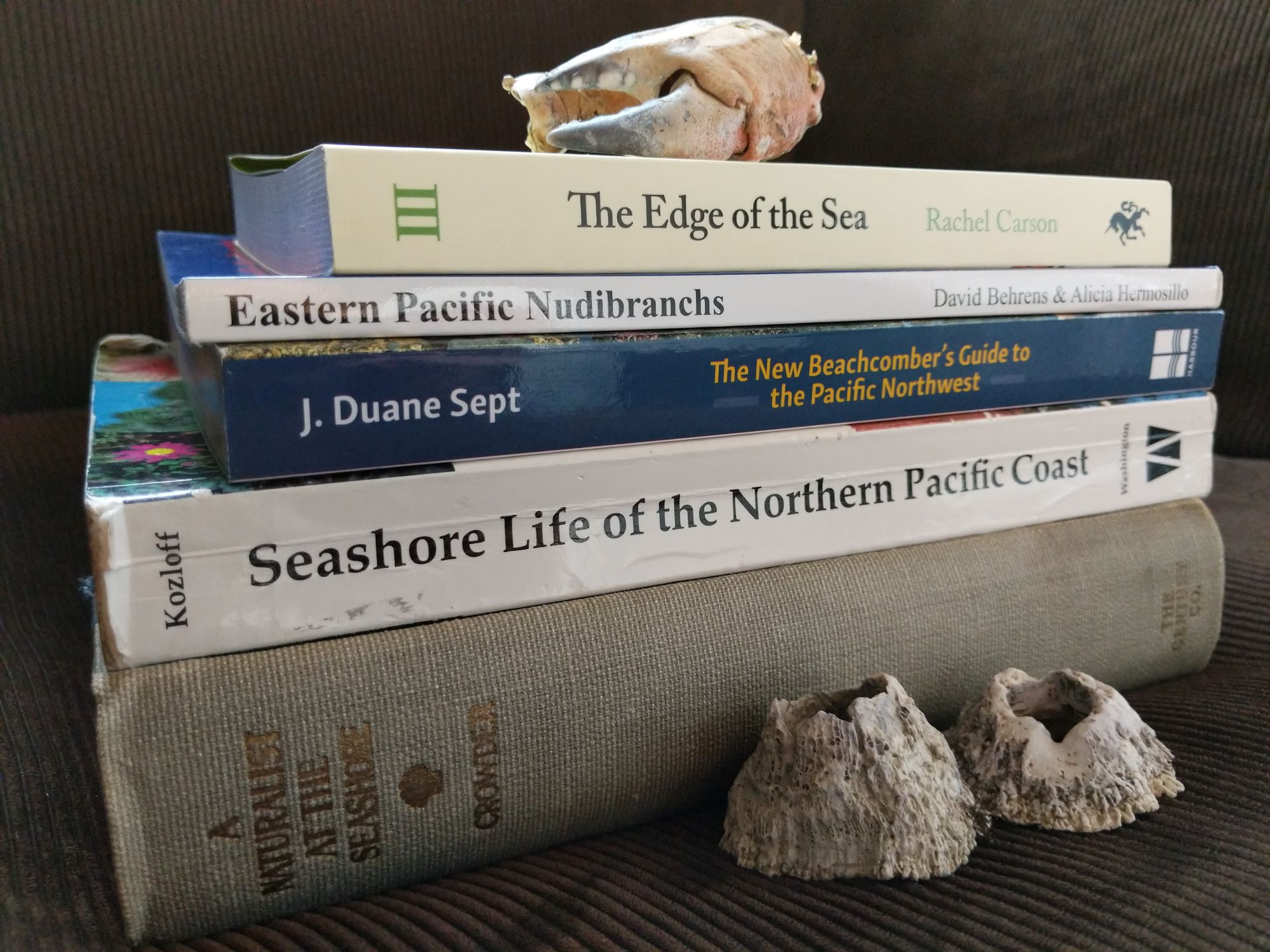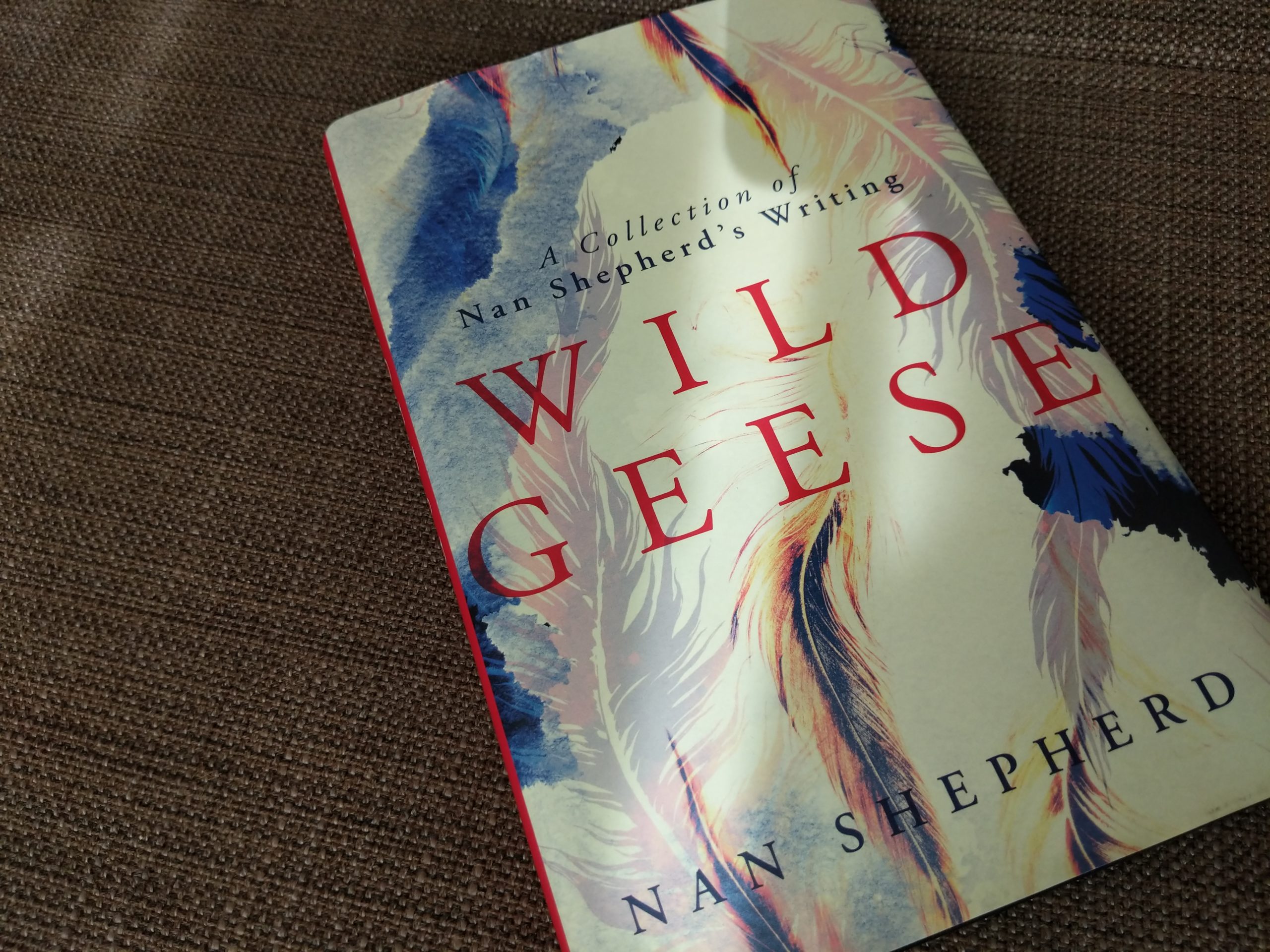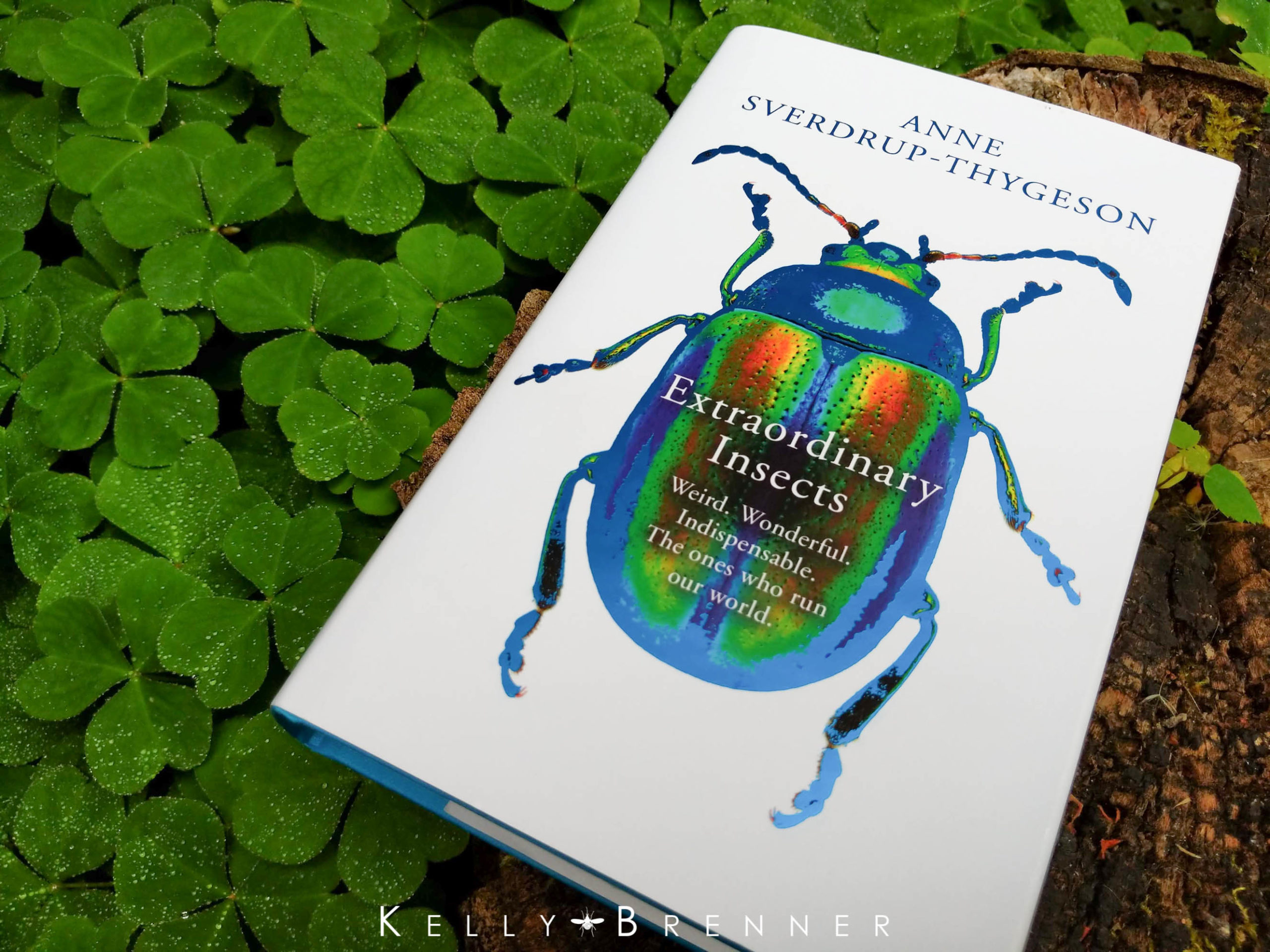 Landscaping for Wildlife in the Pacific Northwest is an essential resource which has been mentioned and linked to countless times in various posts over time. Written by Russell Link, a wildlife biologist with the Washington Department of Fish and Wildlife, he’s also the author of a companion book, Living with Wildlife in the Pacific Northwest. This book covers all aspects of designing for wildlife and is valuable not only for those living in the Pacific Northwest.
Landscaping for Wildlife in the Pacific Northwest is an essential resource which has been mentioned and linked to countless times in various posts over time. Written by Russell Link, a wildlife biologist with the Washington Department of Fish and Wildlife, he’s also the author of a companion book, Living with Wildlife in the Pacific Northwest. This book covers all aspects of designing for wildlife and is valuable not only for those living in the Pacific Northwest.
Divided into 5 parts, the book covers habitat design and maintenance, describes the many species of wildlife found in the Pacific Northwest, highlights special features of the landscape, and touches on what Living with Wildlife in the Pacific Northwest is about, coexisting with wildlife. The appendices are also very valuable including comprehensive plant lists which describe their habitats and wildlife benefits. In addition, the appendices include design plans for building a variety of bird and bat houses.
Like most books on wildlife habitat design, this one starts off discussing the basics of food, water and shelter, but then goes more in-depth by discussing wildlife population dynamics, habitat quality and the very important topic of structural diversity. While many books will discuss the value of native plants, this book again goes more into the topic by explaining plant succession. This is one reason Landscaping for Wildlife in the Pacific Northwest is so valuable, because it doesn’t simply describe what you need to know, but why you need to know it.
For those with no design experience, the book describes how to analyze your site and how to create a plan. The book then describes how to choose and install plants followed immediately by how to maintain the landscape once it’s installed. Maintenance includes tips on weeding, mulching, watering, fertilizing, pruning and mowing.
The second part of the book gets into great detail about wildlife found in the Pacific Northwest including mammals, birds, reptiles and amphibians, insects and fish. In each of these chapters the more common species are described in terms of their life-cycles, preferred habitats, migrations (annual and daily), which specific plants may support them, specific shelters and other landscaping tips. There are many tips throughout these chapters on species specific design such as creating a hibernation mound for herps, or a list of common nesting materials for certain birds.
The third section really delves into the landscape elements that many people find exciting such as ponds, nest boxes, bird feeders, brush and rock shelters, dead wood, and hedgerows. Each of these topics is covered in great detail and is it’s own chapter. This book will teach the reader not only how to build a bat house, but also explain the basics of bat lives, proper house materials, where to place it, how to ventilate it, how to mount it and explain house colors in relation to sun exposure. The book also considers species overlooked by other backyard habitat books such as quail and grouse, shrews and even skunks.
The co-existing with wildlife section is also valuable and I find myself referring to it when asked questions on how to deal with problems presented by deer, raccoons or ducks. However, for a much more detailed look with a great amount of solutions, Living with Wildlife in the Pacific Northwest is a necessity because problems will arise and people will want to know what to do. I’ve volunteered at wildlife booths at shows and I refer to both books equally because there are just as many questions about dealing with wildlife problems as how to attract wildlife. Even though I’d much rather talk about how to attract wildlife, a knowledge of co-existing successfully is also very valuable.
The final section, the appendices are equally as useful as the rest of the book. Pacific Northwest habitats are discussed in detail which is important to understand when trying to replicate the same habitats on a smaller scale. Habitats include woodlands, grasslands, wetlands and waterways with many tips on how to maintain, recreate and manage each of them. The plants lists include native plants and which of these habitats they naturally occur in for further reference. In addition, there is a plant list for particular needs such as wet soils, fast growth, plants with berries, thorns or seeds, nectar plants or food plants for butterflies including both native and non-native plants. Separate lists include food plants for butterfly larvae and nectar plants for butterflies and hummingbirds and deer-resistant plants. A number of specific plants particularly those beneficial to wildlife are profiled in detail listing landscape information and specific wildlife benefits.
I find myself constantly grabbing this book whether it’s to find out more about a certain species needs, how to build a wildlife pond or to look up a plant’s wildlife value. It’s probably one of the most referenced books on my shelf as well as one of the most commonly recommended to other people. This book is for backyard gardeners, landscape designers, landscape architects, architects, planners, landscape maintenance, landscape contractors and basically anyone who works in or designs any outdoor space. The principles in this book could equally be used for backyards, parks, rooftops, balconies, stream restoration and even rural landscapes. Each part of this book is valuable, there is nothing wasted at all, every page is important. It’s an absolute must-have resource.
Washington Department of Fish and Wildlife have a lot of the material from this book on their website Landscape Design for Wildlife.
Landscaping for Wildlife in the Pacific Northwest
Russell Link
University of Washington Press 2003







One Comment